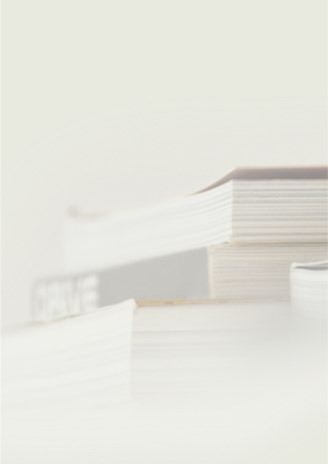scars on th seehors
scars on th seehors is bill bissett’s latest report from and to the image nation, in which his metric performs a kind of absence of narrative intent that lets everyone and everything speak for itself:
eye dont have 2 invent th world ium / alredee in it
There is much evidence of wounding here, of things gone completely raging:
whats th mattr / why yuv hardlee touched yr dinnr / at all / n its yr favorit saus / is it th tektonic plates
but also a hope of healing, of patching up, of scarring:
i see th salmon talks will / resume on monday / well thank god at leest th / salmon ar talking
along with, of course, the usual ““difficult choices”“:
it usd 2 be / (4 konrad white n ken / thomsod) / yu cud get sum toilet papr / nd a newspapr both 4 / a dollr fiftee / now yu cant yu gotta / make a chois
Definitely not Conrad Black’s National Post. Ain’t it great?
originalee from lunaria ovr 300 yeers ago in lunarian time sent by shuttul thru halifax nova scotia originalee wantid 2 b dansr n figur skatr became a poet n paintr in my longings after 12 operaysyuns reelee preventid me from following th inishul direksyuns
— bill bissett
bill bissett garnered international attention in the 1960s as a pre-eminent figure of the counter-culture movement in Canada and the U.K. In 1964, he founded blewointment press, which published the works of bpNichol and Steve McCaffery, among others.
bissett’s charged readings, which never fail to amaze his audiences, incorporate sound poetry, chanting and singing, the verve of which is only matched by his prolific writing career—over seventy books of bissett’s poetry have been published.
A pioneer of sound, visual and performance poetry—eschewing the artificial hierarchies of meaning and the privileging of things (“proper” nouns) over actions imposed on language by capital letters; the metric limitations imposed on the possibilities of expression by punctuation; and the illusion of formal transparency imposed on the written word by standard (rather than phonetic) spelling—bissett composes his poems as scripts for pure performance and has consistently worked to extend the boundaries of language and visual image, honing a synthesis of the two in the medium of concrete poetry.
.

